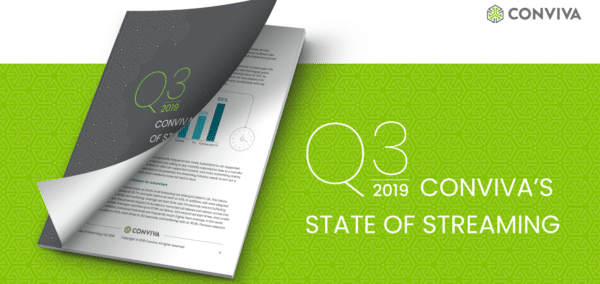
Conviva provides streaming media intelligence and analytics in real time, which enables media industry leaders and brands to make decisions related to content, social media, quality of experience, and advertising. Measuring every second, every stream, and every screen with a global footprint of more than 100 billion streams per year across three billion applications streaming on devices, Conviva is trusted by companies including CBS, Cirque Du Soleil, DAZN, HBO, Hulu, Sky, Sling TV, TED, Univision, and WarnerMedia.







